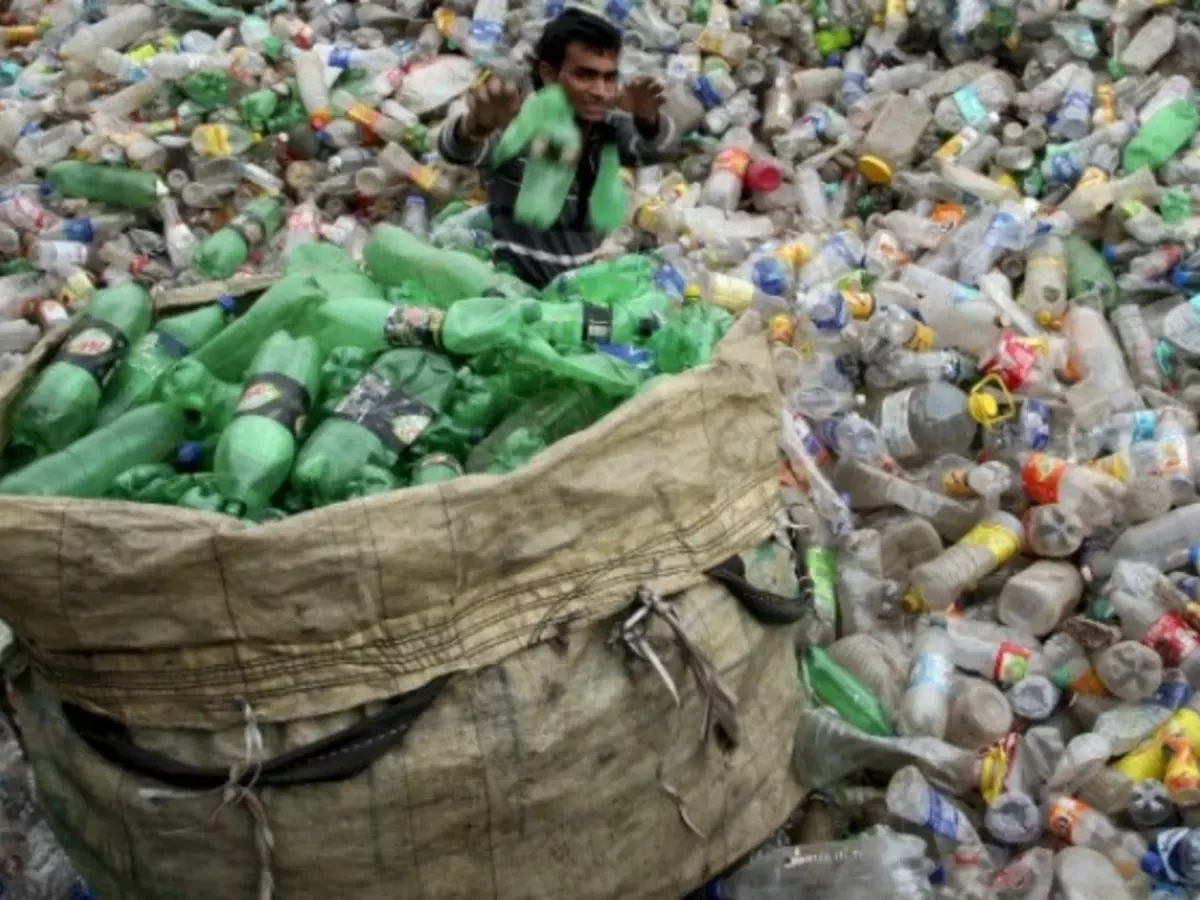Meet Clarke, An AI Powered Robot That Sorts Plastic From Garbage Twice As Fast As Humans Can
'Clarke' the robot can not only sort faster, he also gets better as time goes by.

Recycling may be a responsibility for all of us, but it¡¯s not so easy to do. It can get a little confusing to figure out what needs to be separated from the rest of your garbage, and what can be thrown straight in the trash. Now researchers have built a robot that can do that for you.

Clarke, as the bot is affectionately called, was developed by AMP Robotics and uses artificial intelligence to sort food and drink containers and the like from your biodegradable trash. Having already been deployed in a municipal waste facility in Denver, Colorado, Clarke is helping out with the garbage sorting there.
More importantly, he¡¯s doing a better job of it than any humans can. Clarke uses a visible-light camera to spot food and beverage cartons among the trash and then uses a suction cup-equipped arm to pull them out. They¡¯re then put in another hold, after which they¡¯re transported away to a recycling facility.
Clarke is so efficient, that he manages to sort about 60 items a minute with a 90 percent accuracy. That makes him at least 50 percent faster than most humans doing the job, a huge reduction in the cost factor for the sorting job.
¡°The fundamental platform that we¡¯ve created was a system to sort pretty much all the commodities that are in a recycling facility today,¡± AMP Robotics founder Mantanya Horowitz told Engadget, ¡°Whether it¡¯s cardboard, Number 1 plastics, Number 2 plastics, or cartons ¡ª cartons just ended up being a great place for us to start.¡±
It gets even better because, thanks to his AI, Clarke gets better at his job the longer he does it. ¡°Even though this first system is picking cartons, it¡¯s actually watching and learning from all the other commodities that it¡¯s seeing as well,¡± Horowitz said. ¡°That¡¯s what¡¯s really exciting. The more systems that we have out there, the better they¡¯re going to be.¡±
The idea is, in future, to add more specificity to Clarke¡¯s sorting algorithm. That way, recycling plants could be refined even further to improve their efficiency, when a robot can take the time to sort plastics down to their textures, sizes, and even container types.
